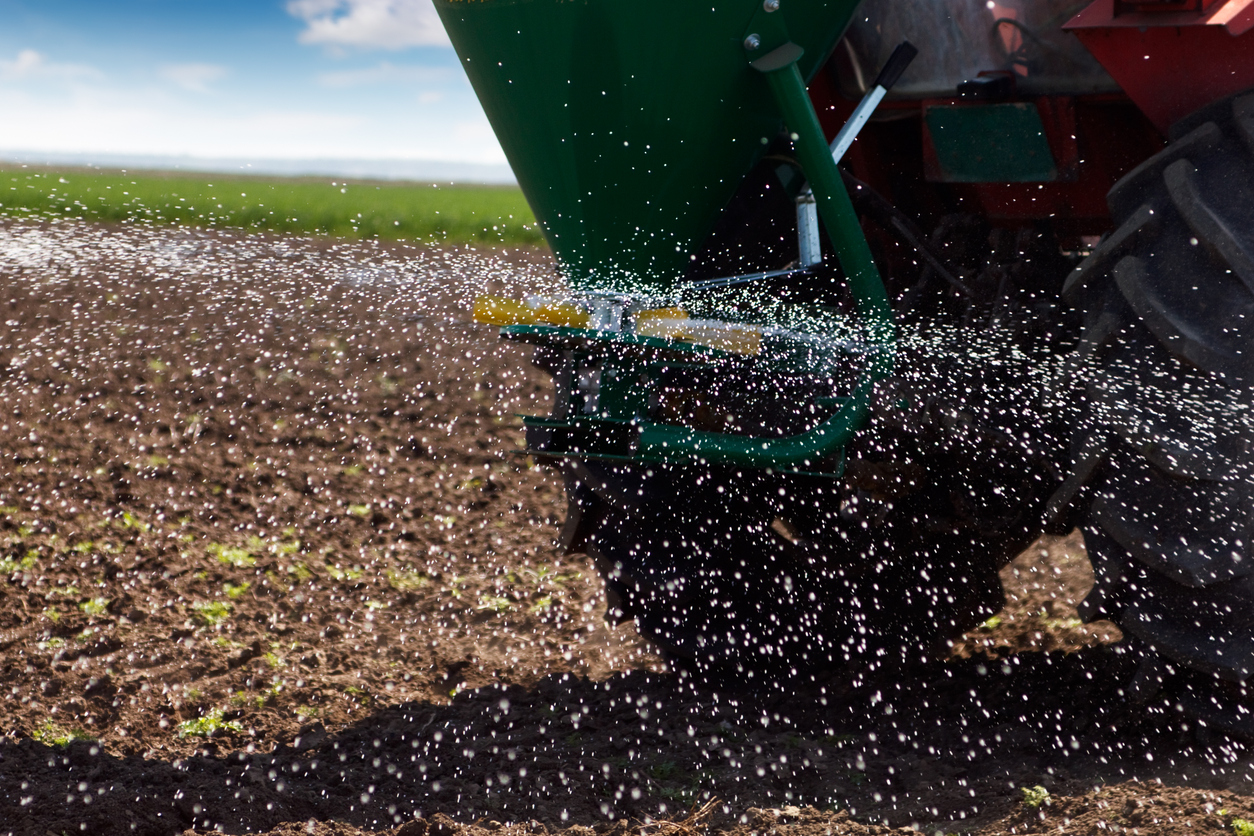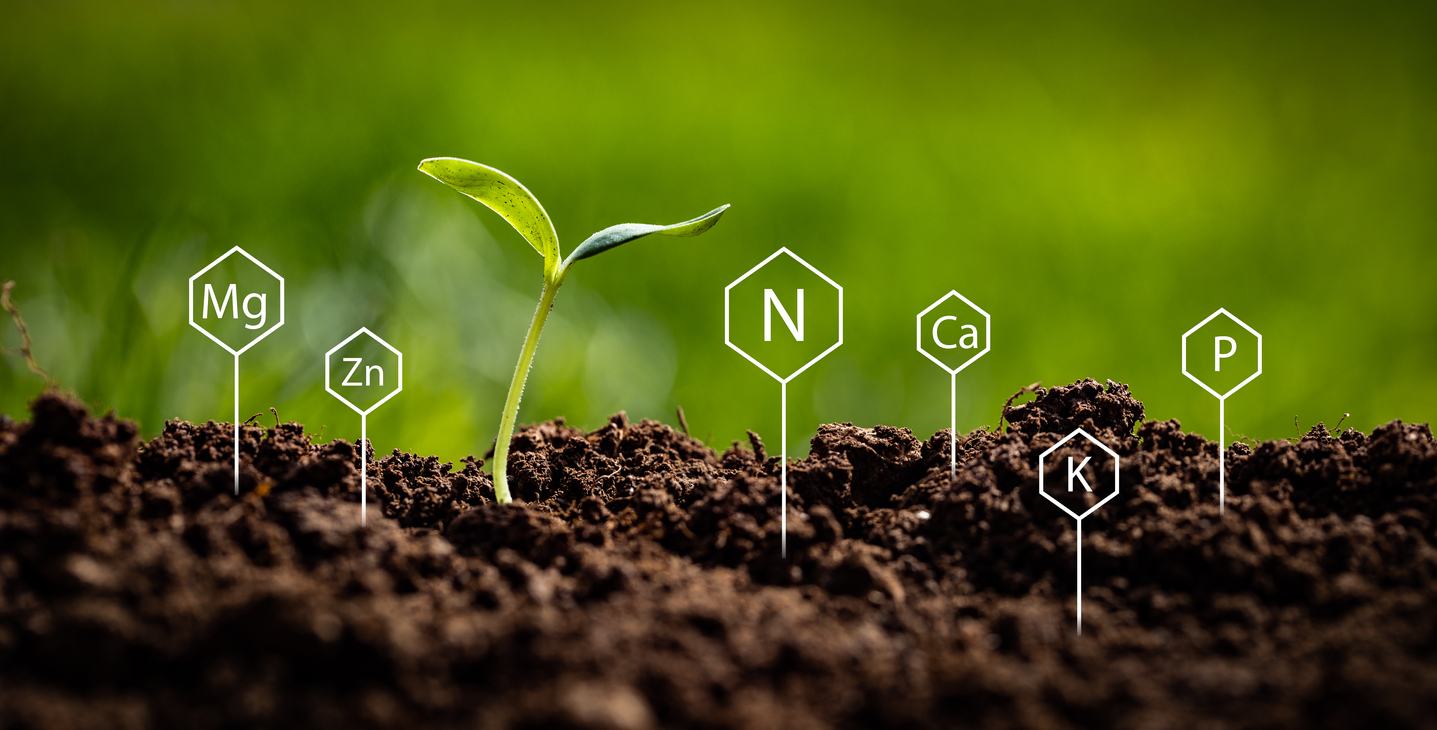Strip Tillage Benefits

Area motorist may be seeing a different type of tillage being performed on farm fields in the county. Albert Maag, Putnam County SWCD technician recently acquired a USDA-NRCS Conservation Innovation Grant (CIG) to investigate using a strip-tiller to incorporate fall fertilizer. Five demonstration sites consisting of 40 acres each were completed last week. The demonstrations are located around Ottawa (2), Glandorf, Kalida, and Pandora. Blanchard Valley Coop is assisting with the equipment for the demonstrations. The goal of the demonstration plots are to see if strip tillage with fall fertilizer application is a feasible method of producing no-till corn while reducing nutrient runoff, especially phosphorus movement to surface water. The plots used an Orthman® 1 trip strip tiller to place banded fertilizer 7 inches deep in a 10- inch tilled strip. In the spring, farmers would plant on the tilled strips in what is considered a stale seed bed. The advantage of this system is that the ferti



